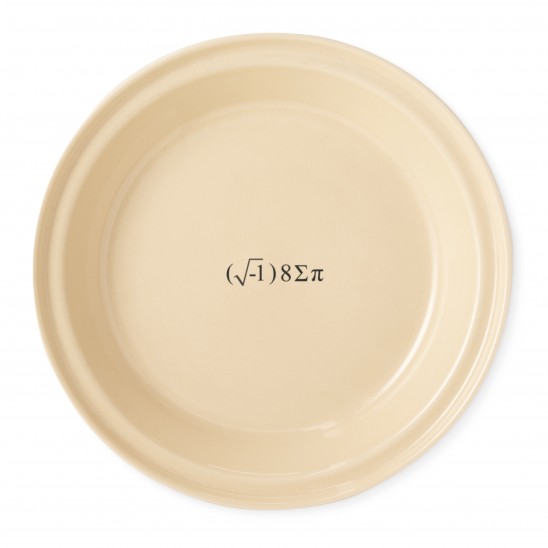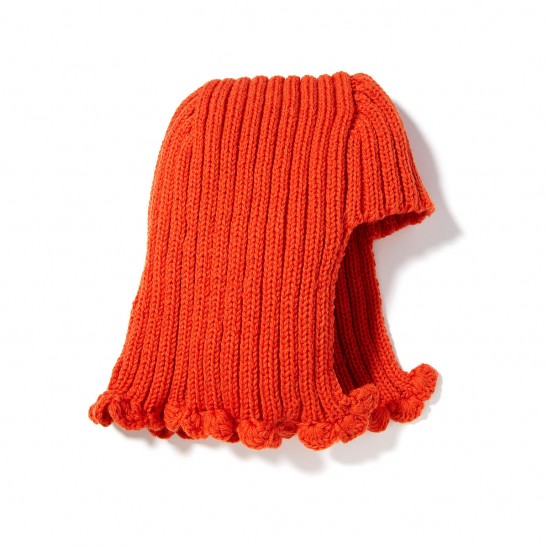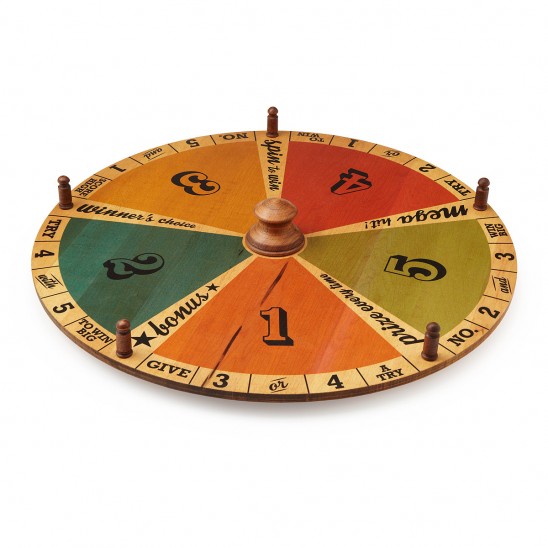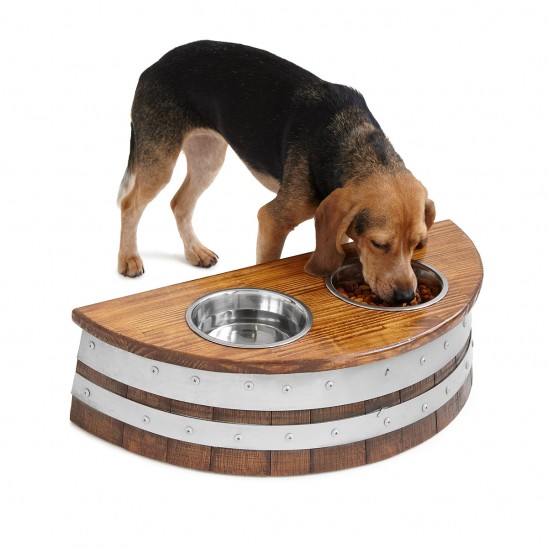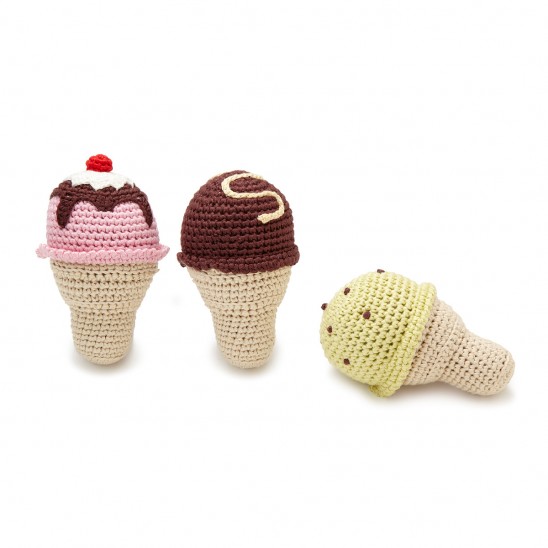Yeah, sure, there’s the whole “exposure your kids to culture” reason. But perhaps the more important reason to take children to the museum is that if they go without adult supervision, they may embark on a short-lived but highly lucrative career of art theft. Seriously, it can happen. Take the case of 15-year-old Laurence McCall. He was fond of visiting the Alfred O. Deshong Museum in Chester, Pennsylvania—so much so that he felt compelled to start bringing the artwork home. This was a small museum in the 1970s, so its security system was limited to guards walking the floor. So all young Mr. McCall needed to do was wait until the guard had passed, take the painting off the wall and slide it out an open window. But McCall wasn’t just an art lover, he was also a reader, and when he read an article in the New York Times about how much art could sell for, his appreciation rose to whole new levels. In time, he started selling to private collectors. And then he started selling paintings through Sotheby’s auction house in New York. And if anyone found it suspicious that a teenager was depositing checks for $30,000, driving a Jaguar, and living in his own, 30th floor apartment, no one said anything about it. That is, until they did. By the time he was caught at age 19, it was believed he had stolen at least $400,000 art from the Deshong museum—nearly half of their collection. They couldn’t actually prove that he had stolen the paintings, but they were able to convict him for not paying his taxes. He was imprisoned for three years, and will probably be paying of his debt to the IRS for the rest of his life. And now, when you see those signs in the museum saying “No Unattended Children”, you will know why.
This uncomfortable and sometimes embarrassing condition is all too common, especially right before dinner is served. Sure, the less-informed may simply refer to the affliction as “stomach grumbling”, but anything sounds more respectable when given its proper medical name, don’t you think? If dinner is served and the main course is rather spicy, you may come down with acute gustatory rhinitis—food-induced runny nose. If you’re not careful as you eat, you may suffer from morsicatio buccarum, and no one enjoys that feeling when you bite your cheek. You won’t sneeze during dinner, exactly, but if someone sprinkles too much pepper nearby, you may need to sternutate. And the highfalutin health risks don’t stop with the main course, oh no. That ice cream sundae for desert is the leading cause of sphenopalatine ganglioneuralgia. (That’s “ice cream headache” in plain English.)
Giving someone a high five feels like the perfect way to celebrate some accomplishment—so natural that it must have descended through time immemorial, back to toga-bedecked, ancient Greeks slapping raised palms in the Parthenon. But no. Some people will be surprised to learn that the phrase “high five” didn’t enter the dictionary until 1980. The earlier evolution of the gesture—the “low” five—had existed since WWII as a youthful twist on the handshake. But starting in the 1970s, the high five began to appear among professional sports players, and from there spread into the popular culture. The first slap heard round the world may have been on Oct. 2, 1977 in Dodger Stadium. That was the day when Dusty Baker hit his 30th home run of the season, which made the Los Angeles Dodgers the first team in history to have three players hit that mark in a single season. As he ran back toward the plate, his friend and teammate Glenn Burke was there, hand reached out in celebration, and Baker—wanting to return the gesture, somehow—reached up his own hand and slapped it. There are other athletes who also claim to have done the first high five, and it’s more than likely that it was spontaneously invented in several places independently. But whatever the case, it is clearly a gesture whose time had come.
It sure must have seemed that way in the early 20th century. Women had worn their hair long in Western culture for centuries, and the latest look at the turn of the century—the Gibson girl—required long tresses piled luxuriantly on top of the head. So during WWI, when women began cutting their hair at ear-level, it was considered rather scandalous. But 1915 was a tipping point, when famed ballroom dancer Irene Castle introduced the “Castle Bob” haircut. Suddenly short hair for women entered the mainstream, along with other shocking fashions, such as high hemlines and cloche hats—which could only be worn by those with short hair. Hairdressers were initially so resistant to the new trend that women would line up outside of men’s barbershops just to get their locks sheered. So did the bob make women wild? Not exactly. The fact is that, in the beginning, short hair was a practical choice for women during the war who were joining the workforce. Long hair is lovely for a magazine spread, but impractical when working with heavy machinery. And even Irene Castle picked her signature look for its ease when dancing. It was only later, in the 1920s, when women—now with a literal weight off their minds—began wondering what additional kinds of liberation they might enjoy.
The numbered game of chance we know and love has been around in some form since the early 1500s in Italy. It was known as a “lotto” game and took on many forms, including educational variations that taught children to recognize numbers. Around the early 1900s, a form of the game called “Beano” became very popular. Players would mark their cards with beans, and once a row was completed, they’d yell “BEANO!” In 1929, toy salesman Edwin Lowe stopped in on a Beano game in Georgia. After seeing people get so competitive over the fate of a few beans, he was eager to play the game back at home with his friends. He made some cards and let the games begin. Needless to say the game got spirited, as anyone who has waited six turns for a darn N22 would understand. When one of Lowe’s friends finally hit Beano, she leapt to her feet, tongue-tied with excitement. She stammered “B-B-B-Biiingo?!” Clearly a more snappy exclamation than “beano,” BINGO stuck, and Lowe made the first official BINGO game shortly after.
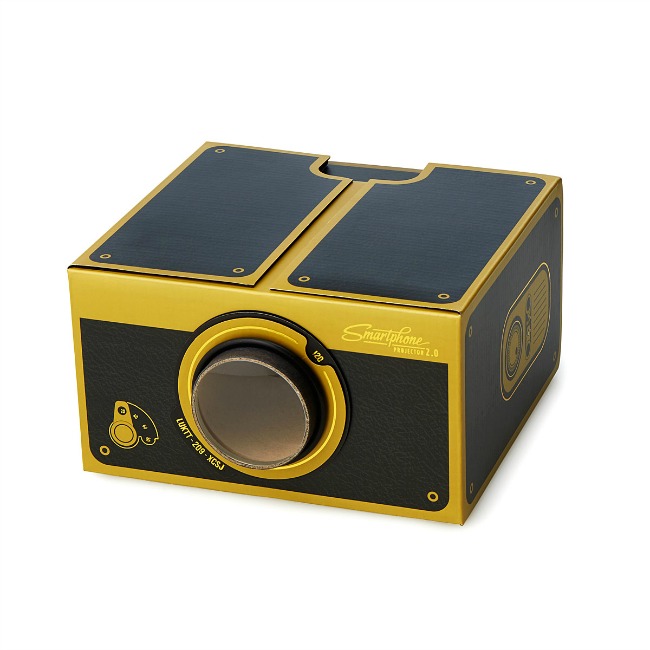
The Lumière brothers, in Paris, patented their Cinématographe in 1895. It was the first practical device for projecting moving images. By 1896, they had already built specialized Cinématographe theaters—known as “cinemas”—in London, New York and Brussels. And with theaters in place, there was an immediate need for material to present in them. The Lumières’ own films tended to simply capture images of the real world: a train entering the station, or workers finishing a shift at a factory. One filmmaker with more imaginative ideas was a British director named George Albert Smith. Smith had already had a career as a stage magician when he attended a presentation by the Lumière brothers and began to conceive of the visual magic he could create in this new medium. He began producing his own films, including his 1898 masterpiece, Santa Claus. More than just the first holiday movie, it used cutting edge special effects, such as jump cuts, split screen and double exposure, which allowed people to experience the wonder of the season in a whole new way.
If you thought you were the only one with an insuppressible urge to squeeze the cute out of a puppy, kitten, or baby, you’re not alone. Dubbed, “cute aggression” by a recent Yale study, the irresistible phenomenon that makes you want to squeeze a bulldog’s face while screaming about his “handsome wrinkle head!!!” is something we all struggle with. To better understand this condition, Yale psychologists gave study participants a roll of bubble wrap and played a slide show of both adorable and run-of-the-mill photos. Needless to say, there were significantly more pops at the sight of a chubby baby trying to roll over or a kitten falling into a basket of yarn. Psychologists think this could be a protective response, or the brain’s way of venting extreme feelings of giddiness and happiness. More studies are needed to see why “squeezing” is the preferred reaction to cute, so we’ll need a shipment of tiny puppies chasing their tails, thanks.
Uncommon Knowledge: Can ice cream get you through a cold winter?
November 26, 2014Ice cream has long been synonymous with lazy summer afternoons and picnics on the beach. However, studies have shown that folks in the Northeastern states are the largest consumers of ice cream in the U.S. Given the Northeast’s familiarity with bitter cold winters and icy Nor’easters, you would think that roughly six months of coats and boots would render ice cream a mere glimmer of hope on a distant July day. However, the fat content in ice cream actually makes your body warmer. The temperature difference certainly offers a cooling sensation; however once your body starts to digest, your body has to produce a lot more energy to break down the fat. This causes a rise in body temperature. This probably isn’t the sole reason New Yorkers, Bostonians, and Mainers reach for frozen pints while the snow comes down, but it’s certainly a good excuse.


